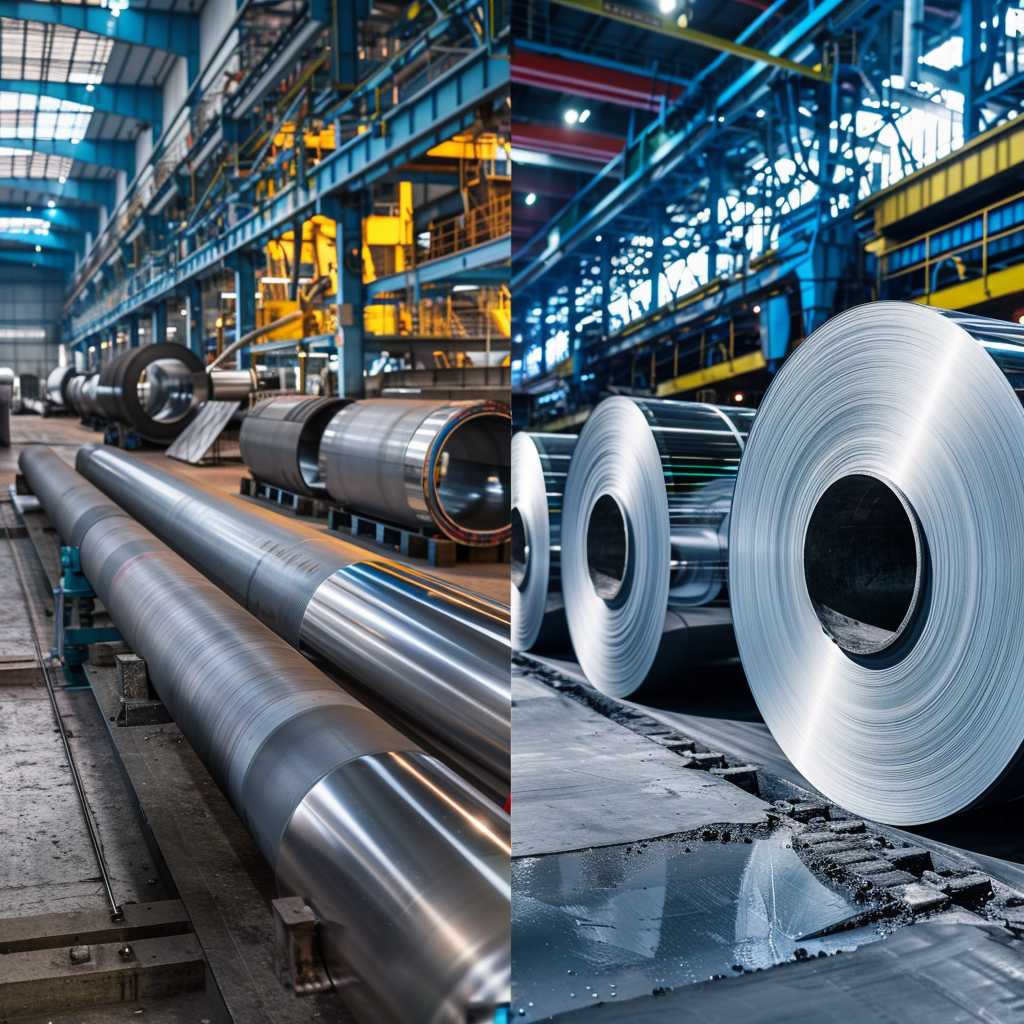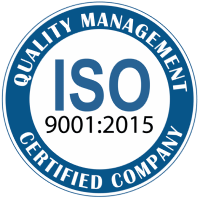Introduction
This comprehensive comparison of aluminum and steel explores their mechanicalproperties, corrosion resistance, thermal and electrical conductivity, and applications acrossvariousindustries. By examining their advantages, disadvantages, cost efficiency, marketavailability, and environmental impact, this guide provides valuable insights for selecting theright material for specific needs in construction, automotive, aerospace, and packaging sectors.
Properties of Aluminum and Steel
Mechanical Properties Aluminum offers a high strength-to-weight ratio, making itideal for aerospace and automotive industries where weight reduction is crucial. Its lower density reduces overall weight, while its tensile strength and flexibility make itversatile for various applications. Steel, known for its superior strength and durability,is widely used in construction and heavy machinery, providing excellent load-bearingcapacity and impact resistance. Steel’s rigidity ensures stability under significantstress, making it suitable for structural applications where robustness is paramount.
Corrosion Resistance and Longevity Aluminum naturally forms a protective oxidelayer, which ensures resistanceto corrosion and extends its longevity, even in harshenvironments. This property makes aluminum suitable for outdoor applications andenvironments with high moisture levels. Steel, on the other hand, is prone to rustwhen exposed to moisture and oxygen,necessitating regular maintenance andprotective coatings to prevent degradation. However, with the application ofadvanced coatings and treatments, steel can achieve comparable durability toaluminum, even in corrosive environments.
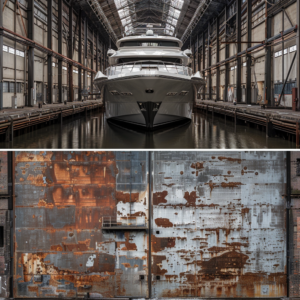
Thermal and Electrical Conductivity
Aluminum is renowned for its excellent thermaland electrical conductivity, making it ideal for applications such as heat exchangersand electrical wiring. Its high thermal conductivity ensures efficient heat transfer,while its electrical conductivity, though lower than that of copper, is sufficient formany electrical applications. Steel, with lower thermal and electrical conductivity, ispreferred for structural applications where conductivity is less critical. Aluminum’shigher thermalexpansion must be managed in temperature-variable environments,while steel’s lower expansion ensures greater stability under thermal stress.
Applications
Construction Steel is widely used in construction for its superior strength and load-bearing capacity, making it the backbone of skyscrapers and large infrastructures. Itsrigidity ensures stability under significant stress, providing essential structuralsupport. Aluminum offers design flexibility and corrosion resistance, making it idea for building facades, window frames, and architectural elements where reducedweight and longevity are important. Both metals contribute to robust construction,with steel providingessential structural integrity and aluminum offering innovativedesign possibilities.

The Golden Gate Bridge, built in 1937, is a magnificent suspension bridge connecting San Francisco to the Pacific Ocean. The 894,500-ton bridge was designed and created in just four years and is considered to be an engineering wonder due to its complex engineering design and construction. The steel bridge is suspended by two primary cables passing over the tops of the towers and are fixed into concrete anchorages at each end (Wikipedia).
The Sheikh Zayed Bridge in Abu Dhabi UAE is described as the world’s most complex bridge structure. Designed by the renowned female architect, Zaha Hadid, for the Abu Dhabi government, construction of the Sheikh Zayed Bridge started in 2003 and took seven years to complete. In total, the bridge is 842 meters long with 11 deck span sections, two four-lane roadways, an emergency lane and a pedestrian walkway. There are three major arches (the central arch reaches 63 meters high) with four main piers, plus two sets of supports. In total, almost 500 tons of high-quality concrete, 5000 tons of pre-stressed steel and 2000 tons of foundational steel were used.
Automotive Industry Aluminum is increasingly used in the automotive industry toreduce vehicle weight, improving fuel efficiency and performance. Its use in bodypanels and structural components enhances crashworthiness by absorbing impactenergy. Steel remains essential for vehicle frames and critical safety components dueto its strength and durability. The balance between aluminum’s lightweightproperties and steel’s robustness supports the production of vehicles that areefficient, safe, and durable. Both metals contribute to the recyclability andsustainability of automotive manufacturing.
Aerospace Aluminum’s lightweight properties and high strength-to-weight ratio arecrucial for aircraft components, enhancing performance and fuel efficiency. Itsresistance to corrosion ensures durability in harsh environments. Steel is used inareas requiring maximum strength and structural integrity, such as landing gear andenginecomponents. Both metals comply with stringent safety and regulatorystandards, ensuring high performance and reliability in aerospace applications.Innovations in material science continue to enhance the use of aluminum and steelin creating safer and more efficient aircraft.
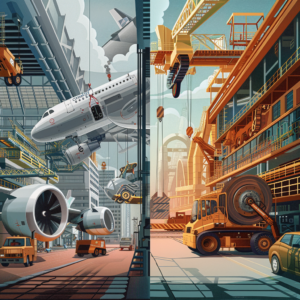
Packaging and Consumer Products Aluminum is widely used in packaging for itslightweight, durability, and recyclability. Beverage cans and food containers benefitfrom aluminum’s ability to protect contents while being eco-friendly. Steel offersdurability for packaging heavy or industrial goods, providing strong protection andresistance to damage. Both metals support sustainability through efficient recyclingprocesses, reducing environmental impact. Aluminum’s infinite recyclability withoutquality loss and steel’s extensive recycling infrastructure contribute significantly towaste reduction and sustainable packaging solutions.
Advantages and Disadvantages
Mechanical Advantages Aluminum’s high strength-to-weight ratio and corrosionresistance make it suitable for aerospace and automotive applications wherereducing weight is crucial. Steel’s superior strength and durability make it ideal foheavy-duty applications such as construction and machinery, where maximumrobustness isneeded. Both metals offer specific advantages based on performance,weight, and durability requirements, making them indispensable in their respectivefields. The choice between aluminum and steel depends on the specific mechanicaldemands of the application.
Cost Efficiency Aluminum generally has higher production costs due to its energy-intensive extraction process. However, its lightweight properties and corrosionresistance can result in lower long-term maintenance and operational costs. Steel,while cheaper to produce initially, may incur higher maintenance costs due to itssusceptibility to rust. Market trends, energy prices, and technological advancementscontinuously impact the cost efficiency of both metals. By considering both initialand long-term costs, industries can make informed decisions on material selectionbased on budget constraints and economic feasibility.
Fabrication and Machining Aluminum is easier to machine due to its softness andlower melting point, allowing for faster productionspeeds and reduced tool wear. Itsadaptability to various manufacturing processes, such as extrusion and casting,makes it versatile. Steel, with its higher strength, is harder to machine but offersexcellent weldability and cutting properties. Despite higher initial machining costs,steel’s durability and strength can lead to long-term savings in applications requiringhigh robustness. Innovations in both industries continue to improve productionefficiency and quality control.
Cost and Availability
Raw Material Costs Aluminum tends to be more expensive due to its energy-intensive production process and complex logistics involved in sourcing bauxite andrefining it. Steel, derived from iron ore, generally enjoys broader availability andlower costs, making it more economical. Market trends, energy costs, andadvancements in recycling technology affect the raw material costs of both metals.Understanding these factors is crucial for industries to manage budgets effectivelyand make informed material choices based on cost and availability.
Manufacturing Costs Aluminum production requires significant energy, especially inthe electrolysis stage, leading to higher manufacturing costs. Technologicaladvancements and increased recycling have made aluminum more cost-effectiveover time. Steel manufacturing, although less energy-intensive, involves substantialcosts related to blast furnace operations and labor. Innovations like electric arcfurnaces, which use scrap steel, have reduced production expenses. Both metalsbenefit from continuous improvements in manufacturing technologies, whichenhance efficiency and reduce costs, making them competitive options for variousapplications.
Market Availability Aluminum supply is influenced by the availability of bauxite oreand energy resources, often leading to dependencyon specific regions. Steel, with itsextensive global mining operations, ensures broader availability. Market demand,geopolitical events, and trade policies significantly affect the supply chains of bothmetals. Effective resource management and diversification of supply sources arecrucial for ensuring consistent availability. By understanding market dynamics industries can better navigate supply chain challenges and maintain stable materialsupplies for their operations.
Price Stability Aluminum pricesare more volatile due to the energy-intensive natureof its production and sensitivity to global energy prices. Steel prices, though alsosubject to market fluctuations, tend to be more stable due to wider availability andless dependency on energy costs.Economic conditions, market demand, andgeopolitical events influence the price stability of both metals. Effective forecasting,risk management strategies, and long-term contracts can help mitigate priceinstability, ensuring stable supply chains and predictable budgeting for industriesreliant on aluminum and steel.
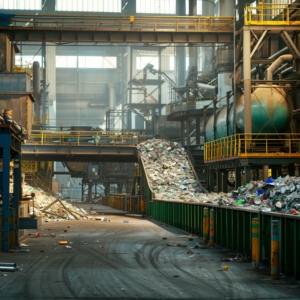
Environmental Impact
Recyclability Aluminum and steel are highly recyclable, which significantly reducestheir environmental impact. Recycling aluminum saves 95% of the energy required toproduce new aluminum, while recycled steel saves about 70% of the energy. Thesehigh recycling rates contribute to waste reduction and support sustainable practices.Both metals’recyclability helps conserve natural resources and reduces greenhousegas emissions associated with primary production. Efficient recycling processes makealuminum and steel valuable materials in promoting a circular economy andminimizing environmental footprints.
Energy Consumption in Production Aluminum production is energy-intensive,primarily due to the electrolysis process used in extracting aluminum from bauxiteore. Steel production, while also energy-consuming, benefits from recyclinginnovations that reduce energy use. The energy efficiency of steel production isgenerally higher compared to aluminum, making it a more sustainable option incertain contexts. Both industries are investing in renewable energy sources andtechnological advancements to lower energy consumption. Understanding thesefactors is essential forevaluating the environmental and economic impact ofaluminum and steel production.
Carbon Footprint Aluminum production has high carbon emissions due to its energy-intensive electrolysis process, especially when fossil fuels are used. Steel productionemissions are reduced through recycling and the use of electric arc furnaces.Strategies such as renewable energy adoption and carbon capture help mitigate the carbon footprint of both metals. Environmental regulations and green technologiesplay a crucial role in reducing emissions and promoting sustainable practices. Byaddressing the carbon footprint, industries can contribute to global efforts to combatclimate change and reduce environmental impact.
Waste Management Aluminum and steel recycling processes significantly reducewaste and environmental impact. Aluminum can be recycled indefinitely withoutquality loss, while steel recycling saves energy and conserves resources. Proper wastemanagement practices ensure minimal landfill waste and environmentalcontamination. Regulations set standards for recycling and disposal, promotingsustainable practices. Innovations in sorting and recycling technologies enhance theefficiency of waste management. By implementing effective strategies, the aluminumand steel industries can support sustainability and reduce their environmental footprints.
Conclusion
In conclusion, aluminum and steel each offer unique benefits that cater to differentindustrial needs.
Aluminum excels in applications requiring a highstrength-to-weight ratio, excellentcorrosion resistance, and superior thermal and electrical conductivity. Its recyclability andlower long-term maintenance costs make it a sustainable choice.
Steel, with its unmatched strength and durability, remains essential for heavy-dutyapplications and structural support. Understanding the distinct properties and advantages ofeach metal allows for informed decision-making, ensuring optimal performance, costefficiency, and sustainability.
Ultimately, the versatility, efficiency, andenvironmental benefits of aluminum make itmorevaluable material for modern engineering and manufacturing needs.


